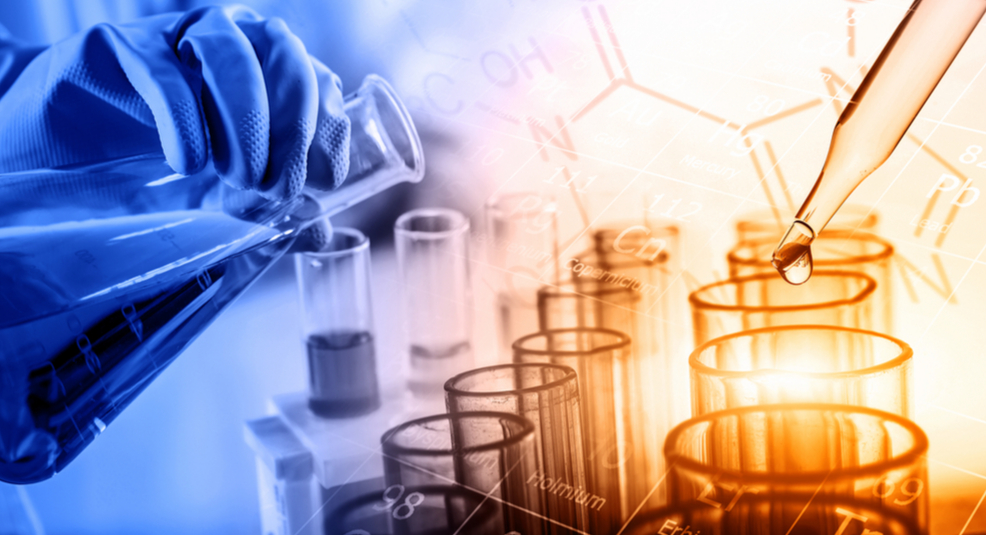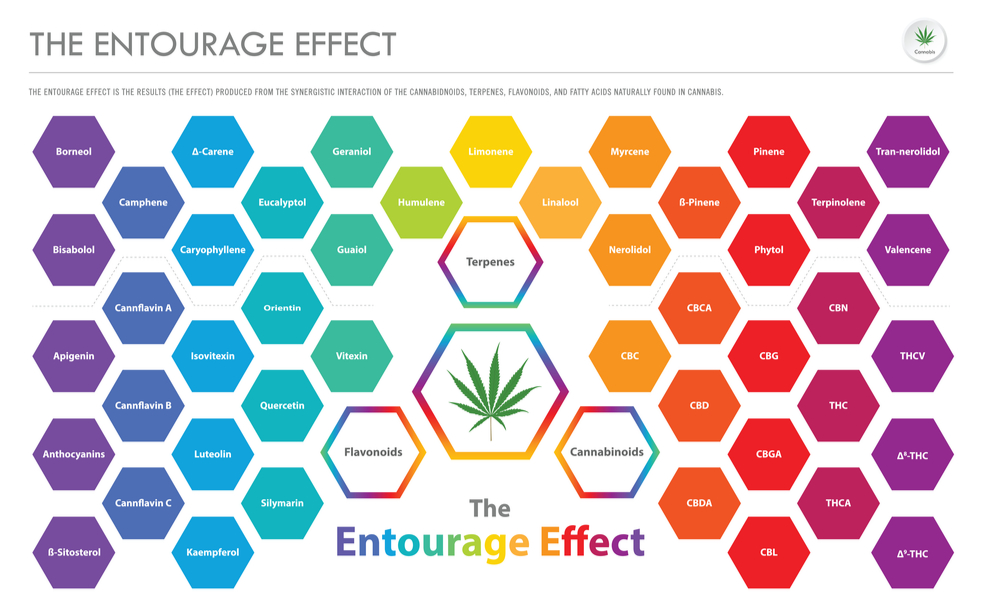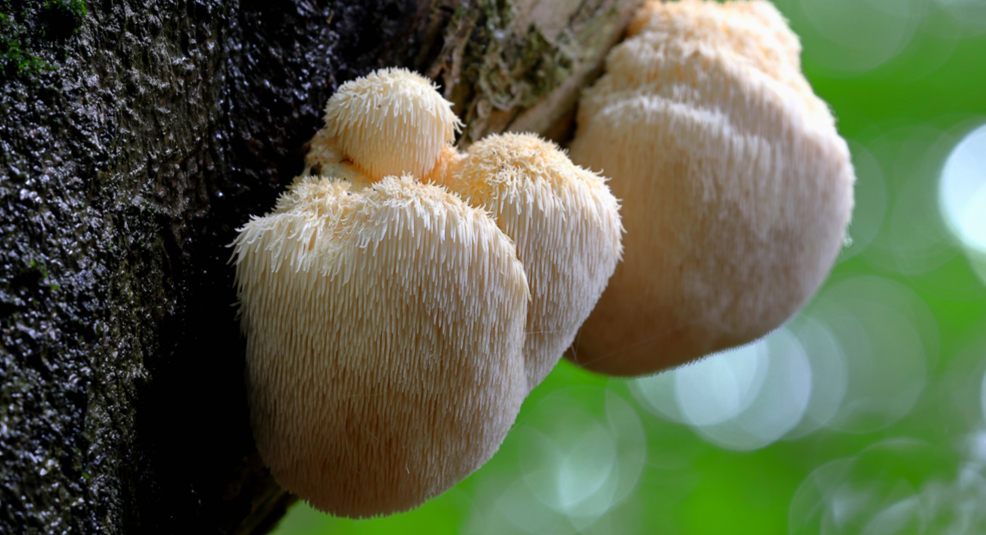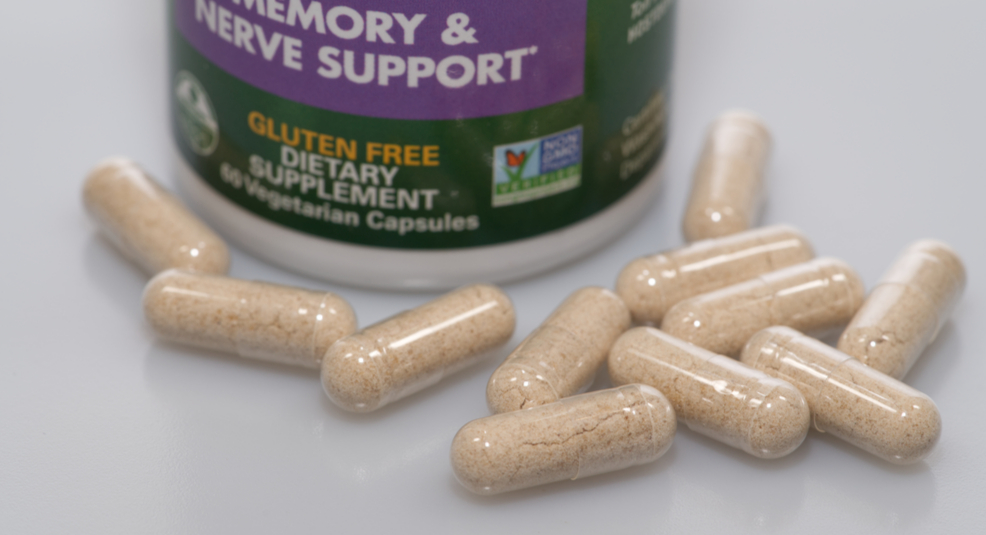Mycology: The Study Of Fungi
Chemical Interactions
Though psilocybin mushrooms are known for the active hallucinogenic compound psilocybin, there are additional chemical components that aid in carrying out the fungi’s entourage effect, such as psilocin, baeocystin, and norbaeocystin. Because of limited research, there is still much to be learned about what these chemicals do, but it is believed that nature works best synergistically rather than as isolated chemicals.
Psilocin, a derivative of psilocybin, is a naturally occurring tryptamine and is the primary psychoactive component in psychoactive mushrooms despite the commonly held belief that psilocybin is the key constituent. According to anecdotal reports, pure psilocin is more lucid and aggressive than psilocybin mushrooms, with a faster metabolic uptake and accounts of a “cleaner” or more focused experience.

Up until 2020, little was known about baeocystin and access to it was very rare. What little we do know about its effects comes from author Jochen Gartz and world-renowned mycologist Paul Stamets. Both have described it as “a gentle hallucinogenic experience” and claim there to be a “lack of psychoactivity.”
The third isolated chemical that occurs in psilocybin mushrooms is norbaeocystin, a chemical derivative of baeocystin. This compound is currently not well understood and so far, scientific investigation has shown that norbaeocystin could be an intermediate in the biosynthesis of psilocybin. Though some believe it is not psychoactive, there has not been enough research to verify this claim.

The components of psilocybin mushrooms work together to create what is known medically as the “entourage effect,” or a synergistic interaction that happens when the entire chemical catalog is consumed rather than an isolated chemical. When the fungus or any entheogenic plant is taken as a whole, the chemicals harmoniously work together to bring about the purest and most fulfilling experience. There is a higher chance for one’s experience to be unpredictable once a chemical is isolated from its group; isolated psilocin versus psilocybin, for example. Another common example would be CBD isolates, which are CBD— a cannabinoid found in the cannabis plant— in its purest form, typically as an oil. CBD is known to help alleviate anxiety and pain; however, full-spectrum CBD products contain small traces of THC— the psychoactive compound found in cannabis, as well as other cannabinoids, which produce this entourage effect. CBD isolates, although still beneficial, may not be as effective as this natural mixture of cannabinoids. In a similar fashion to cannabis and psilocybin mushrooms, 5-MeO-DMT is acknowledged to have an entourage effect when naturally harvested from the Sonoran Desert Toad, or 5-MeO-DMT and bufotenin containing plants. The effects on the ecosystem and population of these toads has led to the synthetic production of 5-Meo-DMT which lacks the compound bufotenin, but is said to have exactly the same affects and experience as the biosynthesized toad venom. Perhaps in the future, synthetic blends of isolated chemicals could be used in sustainable models for multiple entheogenic substances.

Psilocybin mushrooms can also be “stacked,” or taken in conjunction with other supplements, to create a sort of mycological entourage effect between medicinal mushrooms and other compounds. These stacks are usually taken with nootropics and have been known to boost one’s experience when experimenting with microdosing. One of the most popular stacks comes from Dr. Paul Stamets.
In 2019, Stamets applied for a patent for the Stamets Stack, which includes the addition of Lion’s Mane (a non-hallucinogenic mushroom) and niacin (vitamin B3) to psilocybin. This microdose stack has proven to be effective in improving cognition and overall performance. Lion’s Mane, in particular, aids in the relief of depression and anxiety, and promotes the production of nerve growth, a process known as neurogenesis. When mixed with niacin, there is a stimulation of the peripheral nervous system (PNS) that promotes accelerated proprioceptive growth in the extremities. Stamets believes this stack is optimal in attaining maximum benefits and stimulating myelin production, which results in increased neurological impulse speeds as shown in a 2021 Yale University study, the first of its kind to show induced neuroplasticity. Nootropic experts worldwide also advocate this stack, and claim it not only enhances performance but also has the ability to heal neurodegenerative disorders.

The effects mentioned typically take place on a microdose level of dosage and perceptibility. The term microdose refers to taking a sub-perceptual amount of a psychedelic. Those who microdose typically do it to help boost their creativity, energy, or overall mood. It is also known to help alleviate stress, anxiety, and depression. Microdosing has become more popular in recent years, especially among the tech professionals of Silicon Valley. Similar to how Stamets created his stack to help boost one’s experience, LSD researcher James Fadiman created a microdose regimen to help users gain the most out of their dose.
Fadiman, who has been collecting anecdotal reports regarding microdosing since 2011, recommends users microdose once every three days. His research shows that users tend to still feel the effects the day after, and the two days off should help keep one from building a tolerance. Most users microdose for about one month, though some continue to do it for longer periods of time as there have been no known long term side effects, however no more than 90 days is recommended. Though microdosing is appealing to many, it should be noted that this regimen is not for everyone. One should speak to a medical professional before starting.

Psilocybin mushrooms work in powerful ways, both on their own and with the help of other compounds. Understanding how their chemical constituents interact is just as important as understanding their benefits, as one goes hand in hand with the other. Though each of these chemicals has an individual purpose that we do not yet fully understand, we do know that their synergistic relationship promotes positive results in the human body.